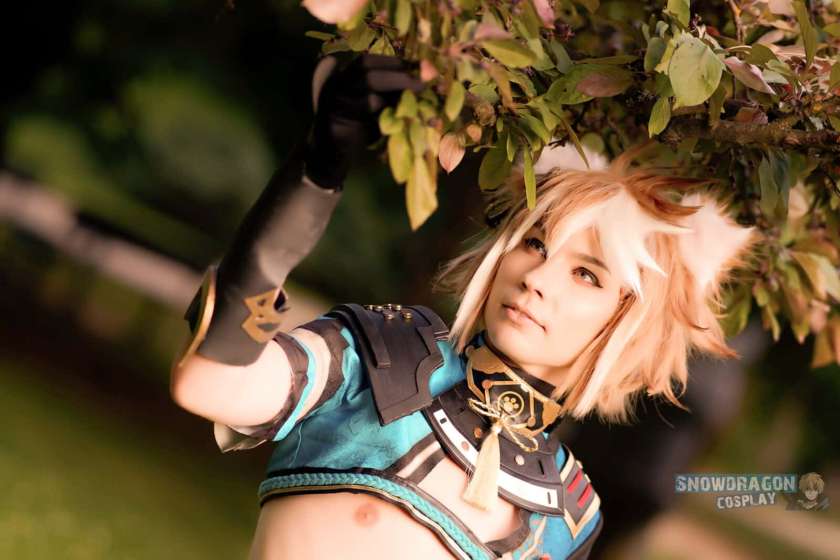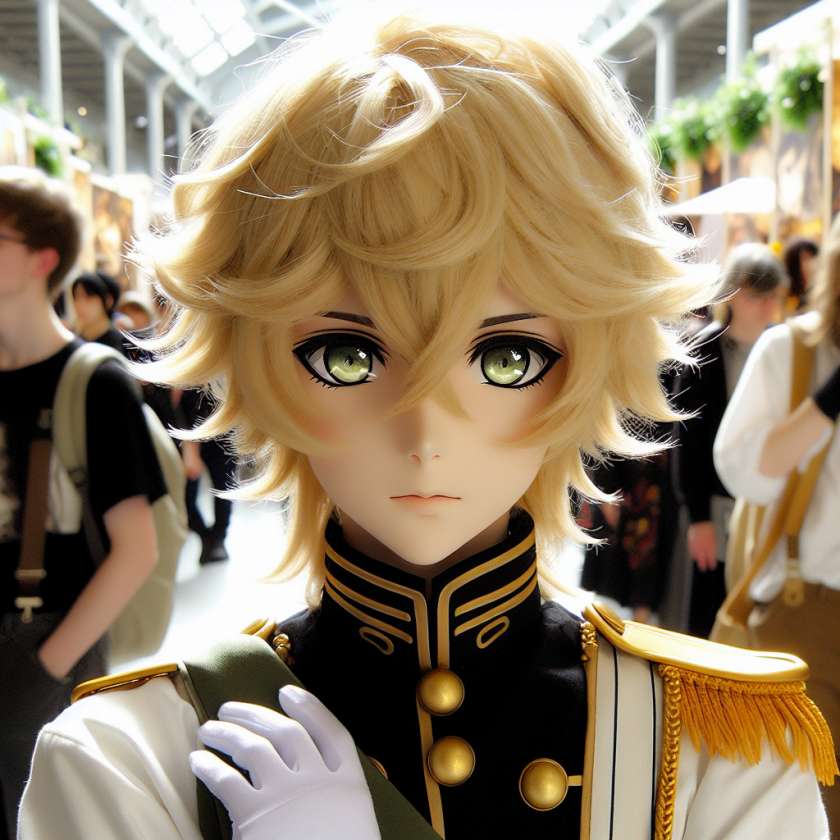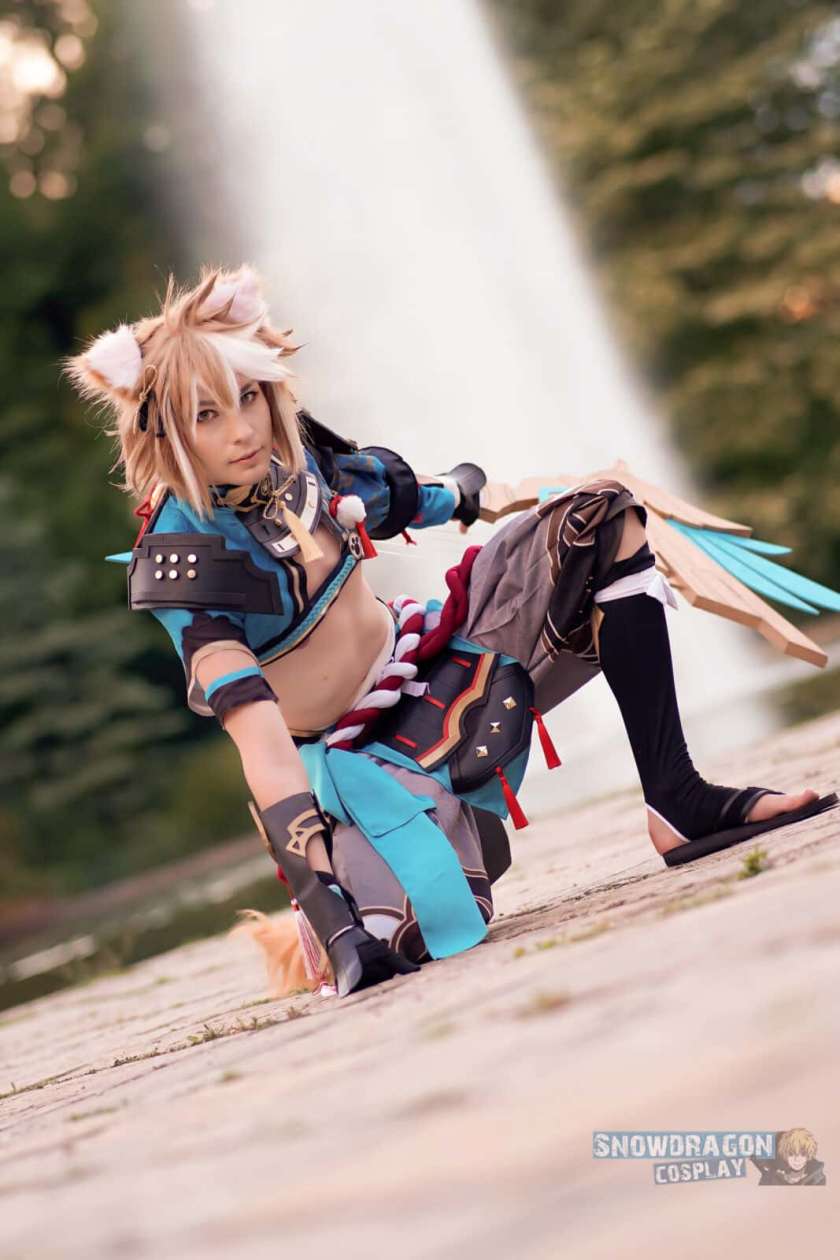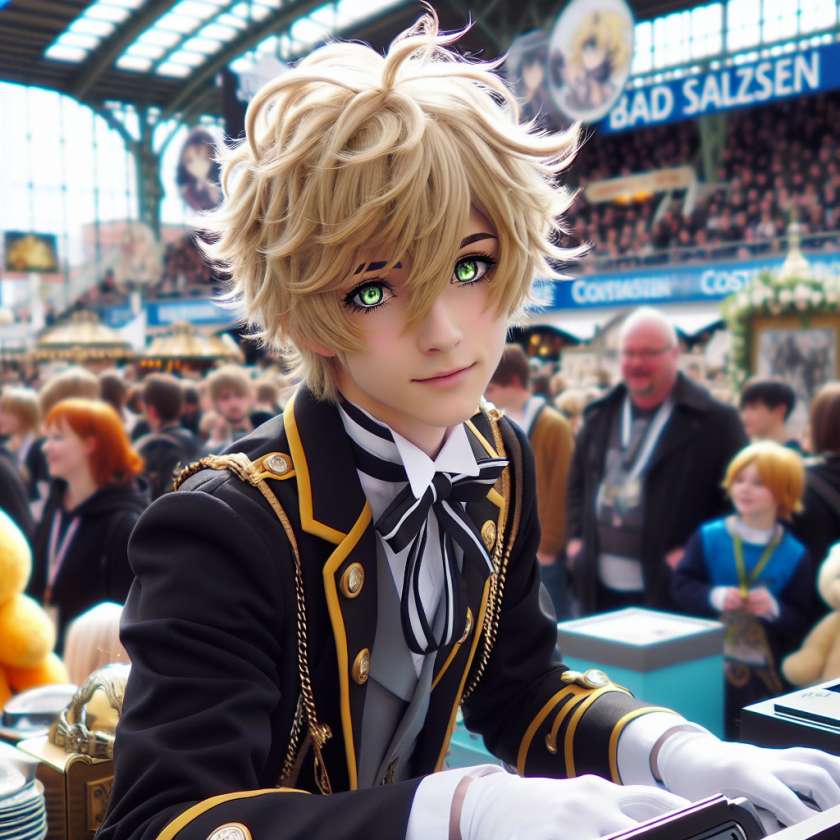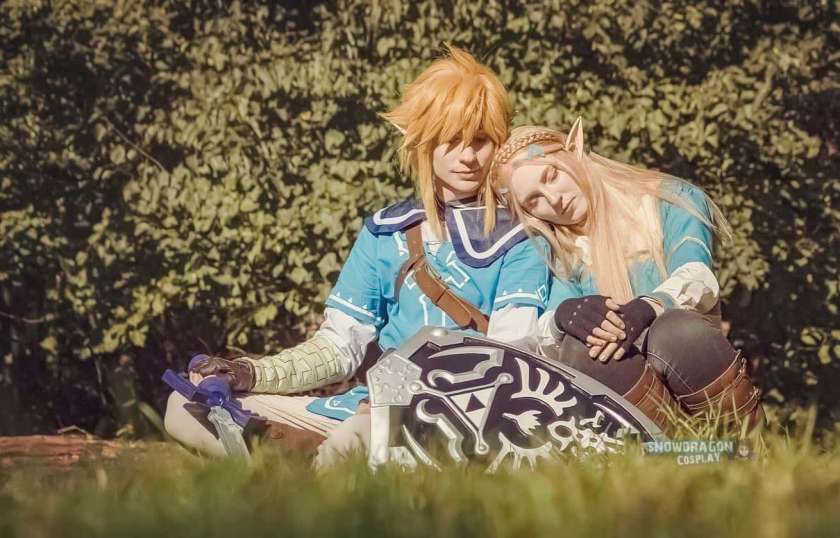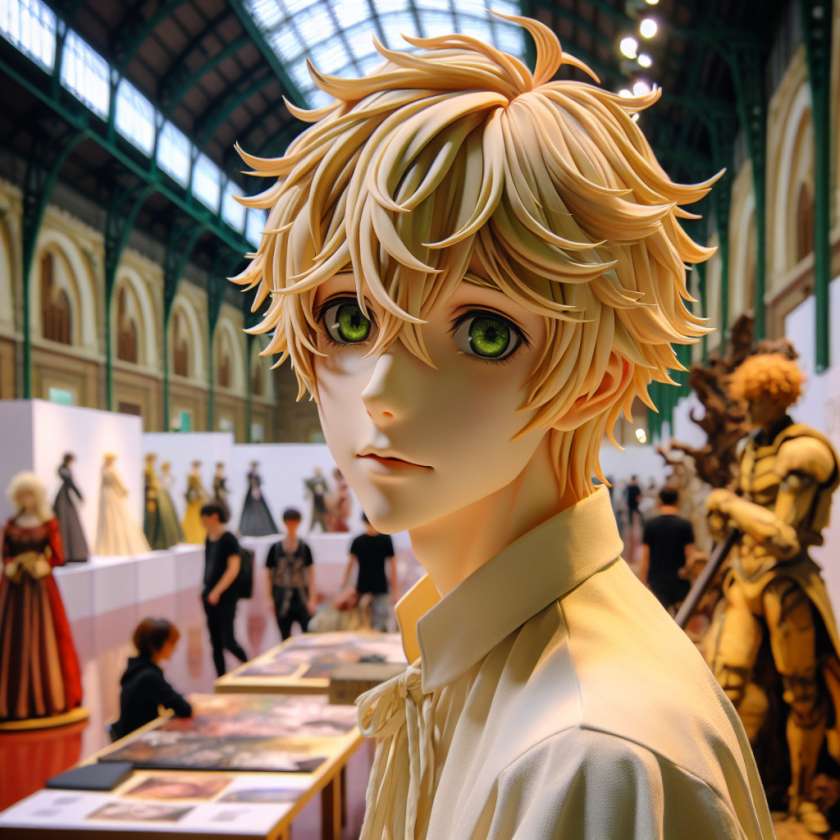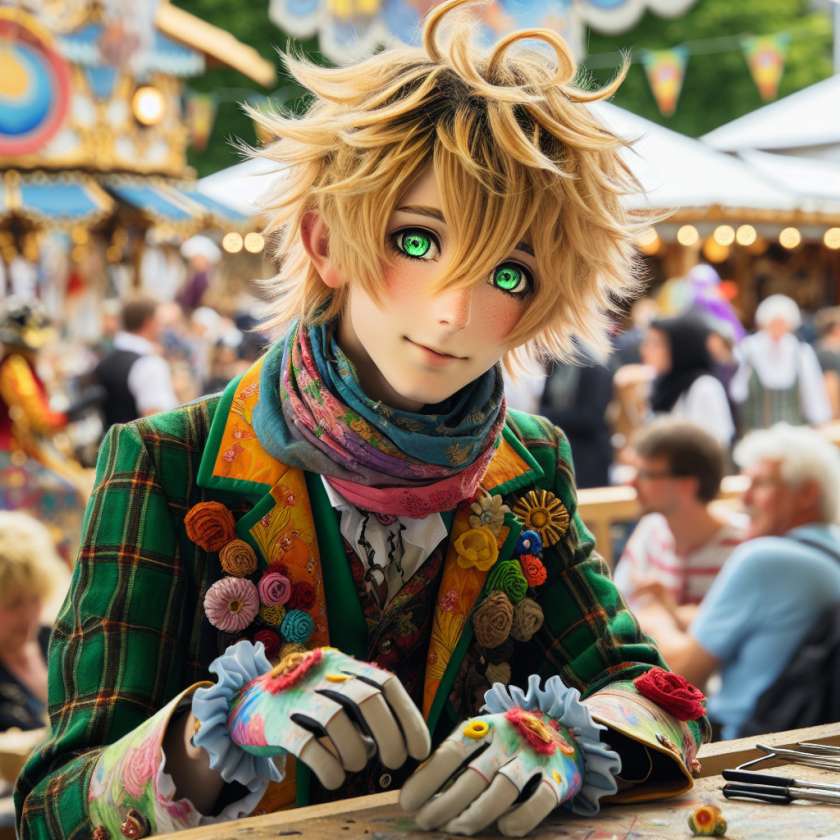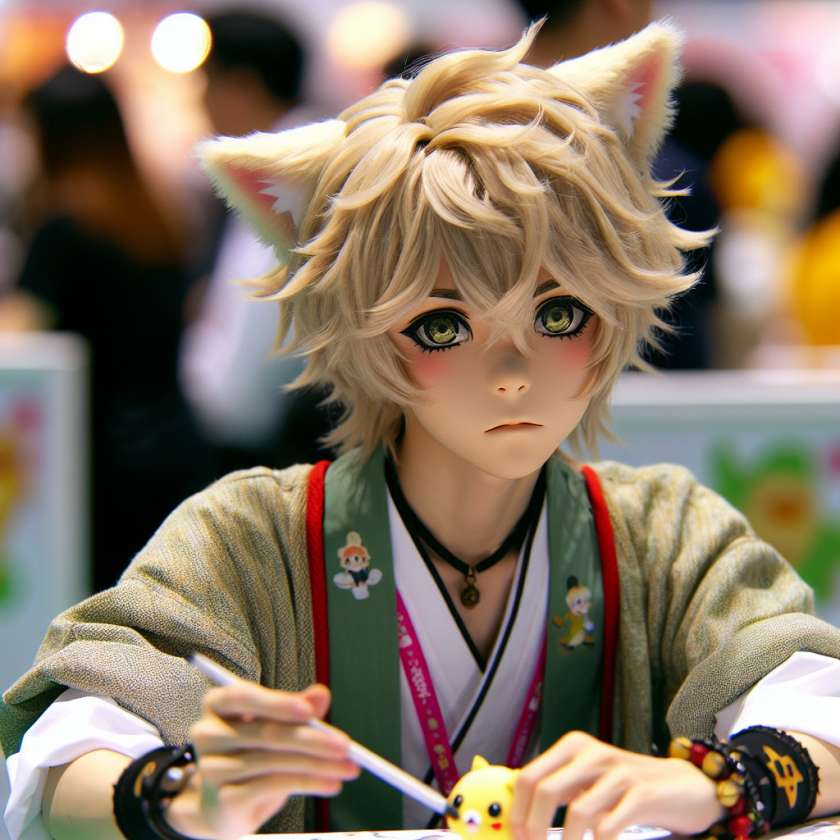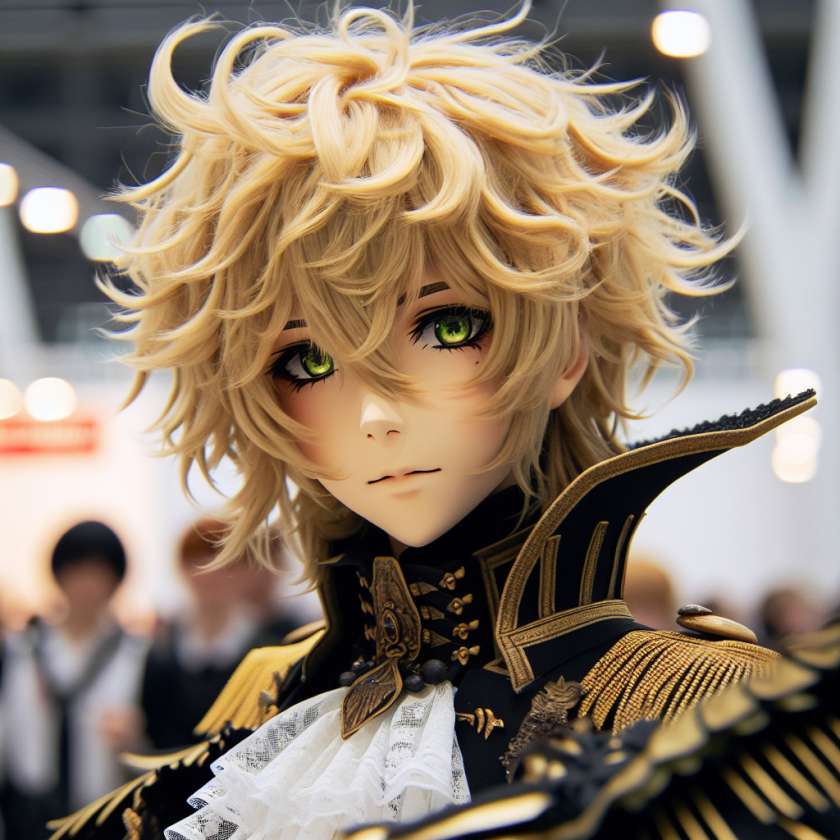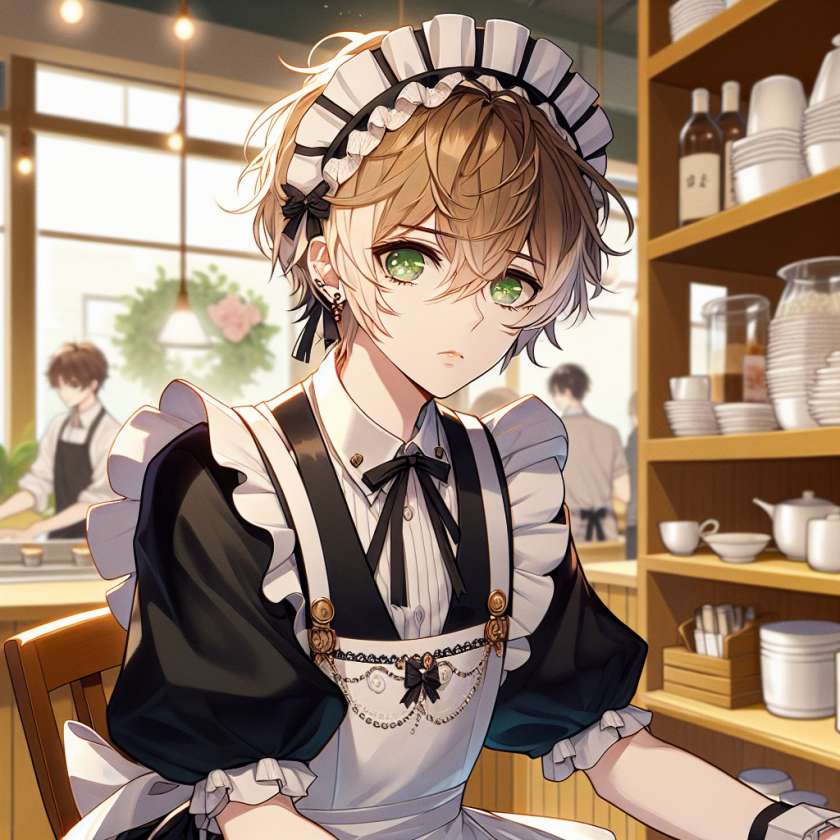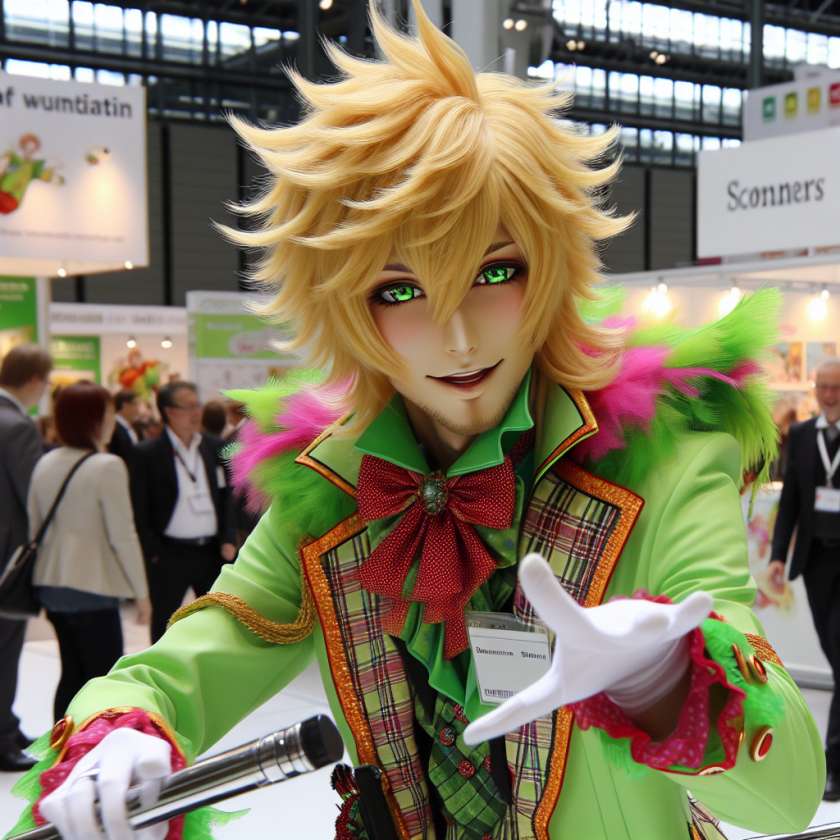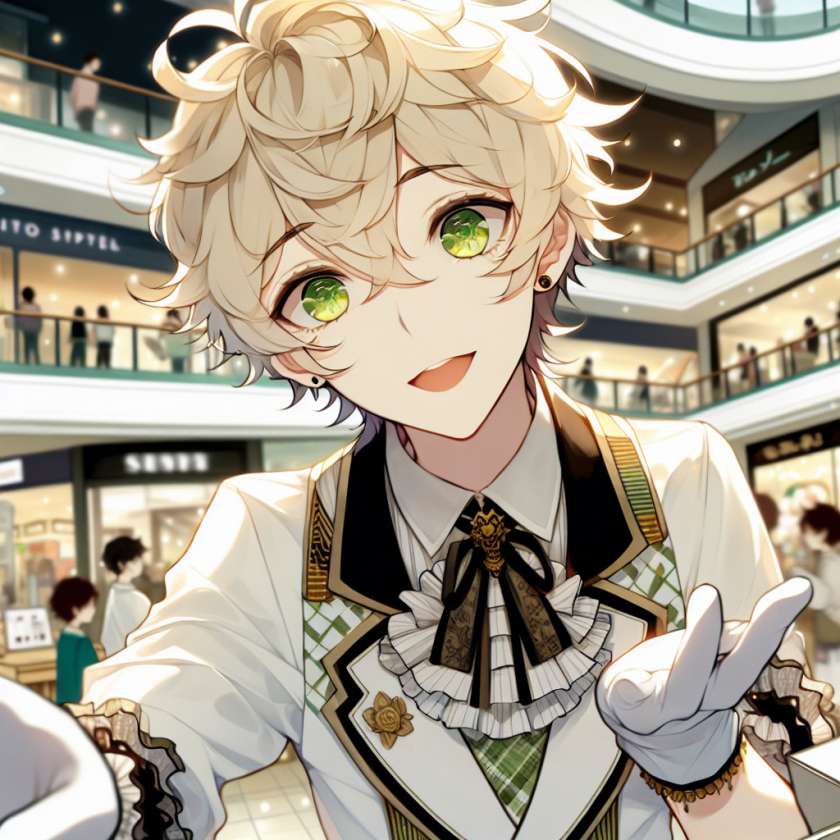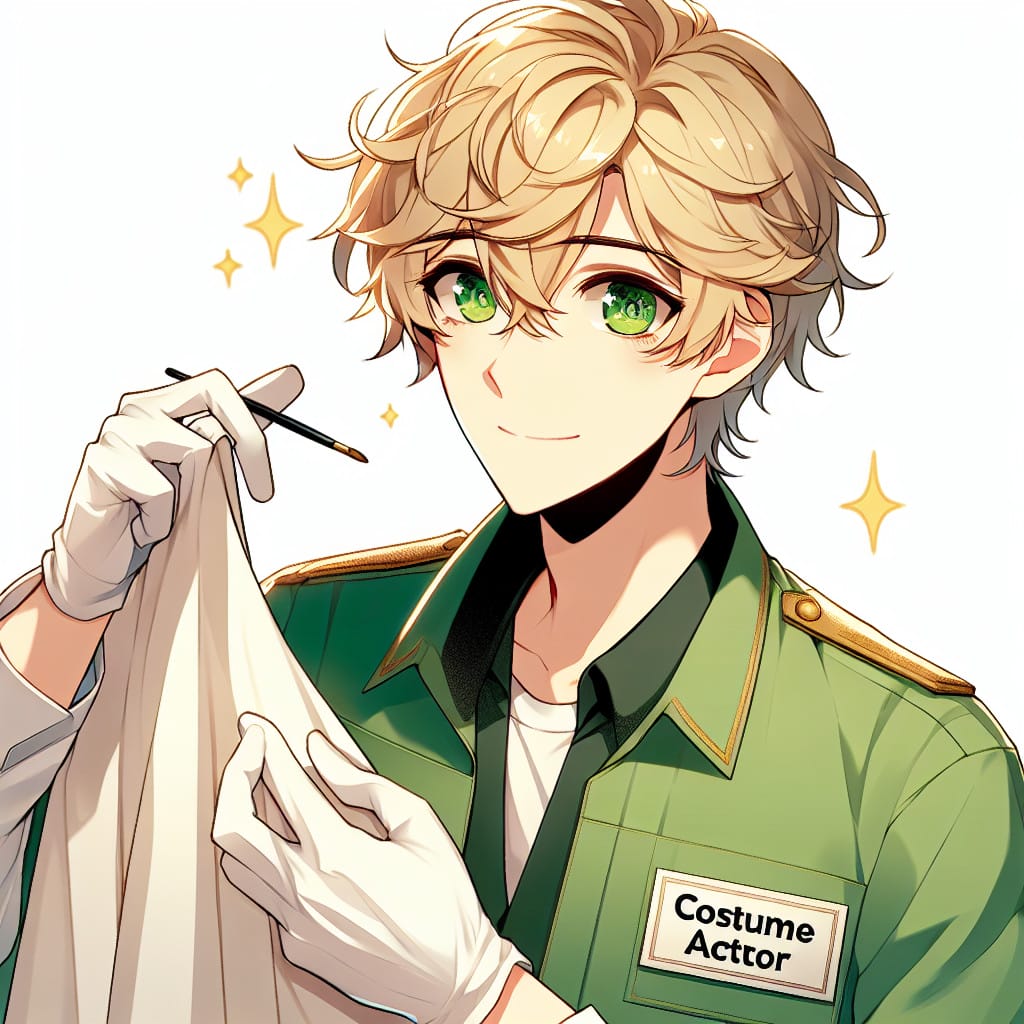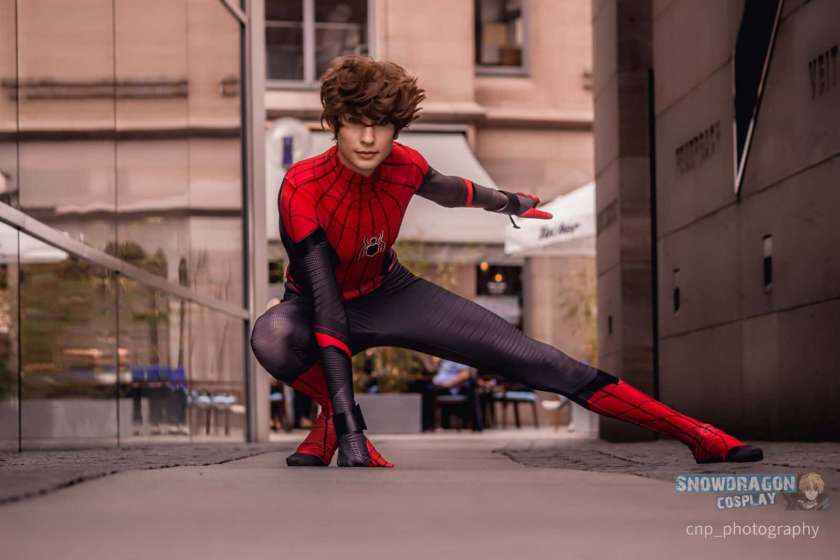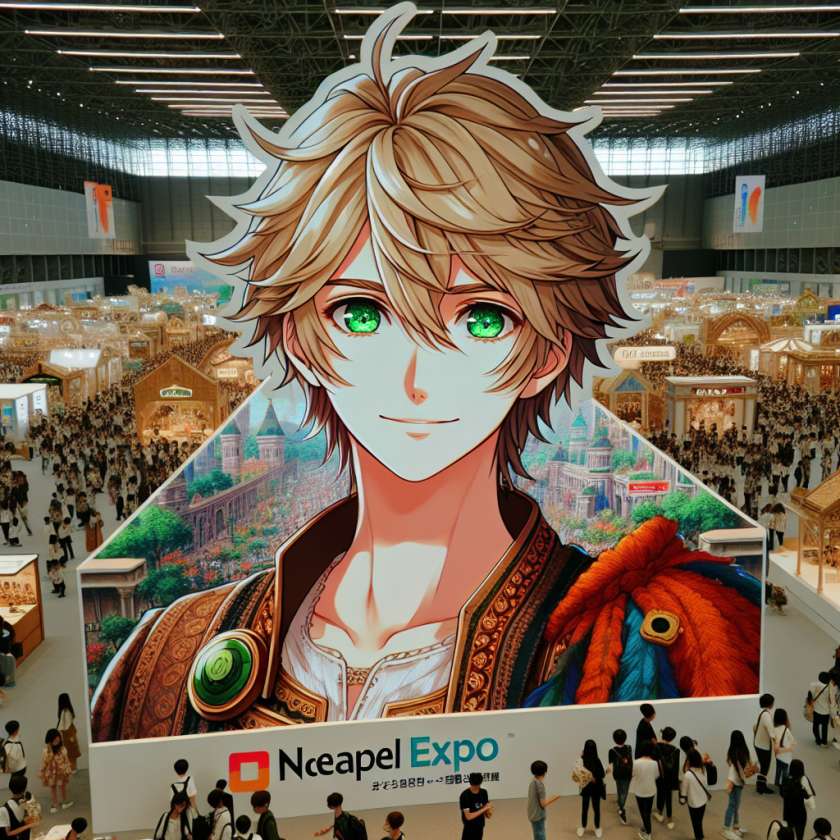https://images-wixmp-ed30a86b8c4ca887773594c2.wixmp.com/f/362ab4d7-6228-4d21-a4f5-215c1c6ce6b7/dg7ft35-2357cd1b-7144-4384-a272-f65b0cfb2896.png/v1/fill/w_800,h_1200,q_80,strp/a_girl_in_a_purple_witch_costume_hat_by_aiartshop_dg7ft35-fullview.jpg?token=eyJ0eXAiOiJKV1QiLCJhbGciOiJIUzI1NiJ9.eyJzdWIiOiJ1cm46YXBwOjdlMGQxODg5ODIyNjQzNzNhNWYwZDQxNWVhMGQyNmUwIiwiaXNzIjoidXJuOmFwcDo3ZTBkMTg4OTgyMjY0MzczYTVmMGQ0MTVlYTBkMjZlMCIsIm9iaiI6W1t7InBhdGgiOiJcL2ZcLzM2MmFiNGQ3LTYyMjgtNGQyMS1hNGY1LTIxNWMxYzZjZTZiN1wvZGc3ZnQzNS0yMzU3Y2QxYi03MTQ0LTQzODQtYTI3Mi1mNjViMGNmYjI4OTYucG5nIiwiaGVpZ2h0IjoiPD0xMjAwIiwid2lkdGgiOiI8PTgwMCJ9XV0sImF1ZCI6WyJ1cm46c2VydmljZTppbWFnZS53YXRlcm1hcmsiXSwid21rIjp7InBhdGgiOiJcL3dtXC8zNjJhYjRkNy02MjI4LTRkMjEtYTRmNS0yMTVjMWM2Y2U2YjdcL2FpYXJ0c2hvcC00LnBuZyIsIm9wYWNpdHkiOjk1LCJwcm9wb3J0aW9ucyI6MC40NSwiZ3Jhdml0eSI6ImNlbnRlciJ9fQ.3JFZGPid88ruf-8PgpA7HyboVYHtj8kWJRpu_uEnfRg
[Sassy_Follow_Icons]
1. The History of Witches Costumes
The Origins of Halloween
When we think of witches costumes, our minds often jump to Halloween and the spooky festivities that come with it. But have you ever wondered how this tradition started? Well, let me take you on a little journey through history. Halloween, as we know it today, has its roots in the ancient Celtic festival of Samhain. This festival marked the end of the harvest season and the beginning of winter. It was believed that on this night, the boundary between the living and the dead was blurred, allowing spirits to roam freely among us mere mortals.
To ward off these wandering spirits, people would dress up in frightening costumes and light bonfires. These early costumes were often made from animal skins or other natural materials and were meant to disguise the wearer and confuse any malevolent spirits that might be lurking about. So you see, even back then, people understood the power of a good costume!
The Witch Trials Influence
Fast forward a few centuries to the infamous witch trials of Salem in 1692. The hysteria surrounding witches during this time had a lasting impact on our perception of witches and their costumes. The image of a witch wearing a tall pointed hat, black cloak, and riding a broomstick became deeply ingrained in our collective consciousness.
[publishpress_authors_box layout="ppma_boxes_890427"]
This association between witches and their iconic attire has persisted throughout history and continues to influence how we depict witches in popular culture today.
2. The Evolution of Witches Costumes Over Time
Influence from Pop Culture
As time went on, witches costumes began to evolve alongside changes in popular culture. In the early 20th century, Hollywood played a significant role in shaping our perception of witches. Actresses like Margaret Hamilton, who famously portrayed the Wicked Witch of the West in “The Wizard of Oz,” brought witches to life on the silver screen and solidified certain visual elements that we now consider iconic.
With the rise of television and the internet, witches costumes have become even more diverse and creative. From sexy witches to cute witches, there seems to be a witch costume for every style and taste. Modern witches costumes often incorporate elements of fantasy, Gothic fashion, or even steampunk aesthetics.
Gender Roles and Empowerment
Another interesting aspect of the evolution of witches costumes is how they reflect changing gender roles and ideas about female empowerment. In earlier times, witches were often depicted as old hags or seductive temptresses, reinforcing negative stereotypes about women’s power and sexuality. However, in recent years, there has been a shift towards portraying witches as strong, independent women who harness their supernatural abilities for good.
This shift is reflected in the design of modern witches costumes, which often emphasize strength and confidence rather than traditional notions of beauty. We see this in the use of bold colors, intricate details, and powerful accessories like staffs or spellbooks.
3. Traditional Elements of a Witches Costume
The Pointed Hat
No witch costume would be complete without the iconic pointed hat! This element dates back to medieval times when it was believed that a witch’s hat helped channel her magical powers. The tall conical shape adds an air of mystery and heightens the wearer’s presence.
Materials:
- Felt
- Cardboard
- Fabric
DIY Tip:
To create your own witch’s hat, start by cutting a large triangle out of felt or fabric. Roll it into a cone shape and secure the edges with hot glue or stitches. Attach a brim made from cardboard or fabric to the base of the cone, and voila! You have your very own magical hat.
The Black Cloak
A flowing black cloak is another essential element of a witch’s costume. This garment not only adds a touch of drama but also helps create an aura of mystery and darkness. The cloak can be long or short, depending on personal preference, and often features a hood for added intrigue.
Materials:
- Black fabric (such as velvet or satin)
- Ribbon or fasteners
DIY Tip:
To make your own cloak, start by measuring your desired length and width. Cut the fabric accordingly, leaving extra material for the hood if desired. Hem the edges to prevent fraying and attach fasteners or ribbon ties at the neck for closure. Now you’re ready to embrace your inner enchantress!
4. Cultural and Historical References in Different Types of Witches Costumes
Witch Trials and Witchcraft Accusations
During the infamous witch trials of the 16th and 17th centuries, women accused of practicing witchcraft were often depicted wearing dark, tattered clothing. This image has become ingrained in popular culture and is commonly associated with witches today. The costumes worn during these trials were meant to portray the accused as sinister and otherworldly, emphasizing their supposed connection to the devil.
Folklore and Mythology
Many witches costumes draw inspiration from folklore and mythology. For example, the classic “witch hat” is believed to have originated from a pointed cap worn by wizards and sorcerers in medieval times. Additionally, elements such as broomsticks and cauldrons are often incorporated into witches costumes as they are symbols commonly associated with witchcraft in various cultures.
List of cultural references:
– The Salem Witch Trials: The costumes worn during this time period reflect the historical context of witchcraft accusations.
– Celtic Mythology: Witches costumes may incorporate Celtic symbols or designs inspired by figures like Morgan le Fay or Cerridwen.
– European Folklore: Costumes can be influenced by stories of Baba Yaga from Slavic folklore or Macbeth’s Three Witches from Shakespeare’s play.
5. Contrasting Modern and Traditional Witches Costumes
Traditional witches costumes often feature dark colors, long flowing robes, pointed hats, and broomsticks. These elements evoke a sense of mystery and ancient wisdom. In contrast, modern witches costumes have embraced more diverse styles that cater to individual tastes. They can include vibrant colors, different lengths of skirts or dresses, alternative headwear options like flower crowns or wide-brimmed hats, and unique accessories such as crystal necklaces or tarot card pouches.
Traditional Witches Costumes
Traditional witches costumes are rooted in historical depictions and folklore. They typically feature dark, earthy colors such as black, brown, and deep purple. The clothing is often loose-fitting and layered, with long sleeves and flowing skirts. Pointed hats and broomsticks are common accessories that complete the traditional witch look.
Modern Witches Costumes
Modern witches costumes offer a more individualistic approach to dressing up as a witch. They allow for personal style preferences and creative interpretations. These costumes can incorporate a wide range of colors, from bold and vibrant hues to softer pastels. The clothing choices vary widely, ranging from short dresses or skirts paired with leggings to jumpsuits or tailored suits. Accessories may include modern jewelry pieces like pentagram earrings or statement rings.
List of contrasting elements:
– Colors: Traditional costumes lean towards dark shades, while modern costumes embrace a wider color palette.
– Silhouette: Traditional costumes usually have flowing, loose-fitting garments, while modern costumes can be more form-fitting or tailored.
– Accessories: Traditional costumes commonly include pointed hats and broomsticks, whereas modern costumes allow for more diverse accessory choices.
(Note: The following subheadings will be expanded upon in the next response.)
6. Common Materials Used in Making Witches Costumes
Types of Fabrics
When it comes to creating witches costumes, there are several common materials used to achieve the desired look. One of the most popular choices is black velvet, which adds a touch of elegance and sophistication. Other fabrics commonly used include satin, tulle, and lace, which can add texture and dimension to the costume.
Accessories and Embellishments
In addition to fabrics, witches costumes often incorporate various accessories and embellishments. These can include items such as feathers, sequins, ribbons, and even faux spiderwebs. These details help to enhance the overall aesthetic of the costume and add a touch of magic.
List of Common Materials:
- Black velvet
- Satin
- Tulle
- Lace
- Feathers
- Sequins
- Ribbons
- Faux spiderwebs
7. DIY Tips for Creating a Witches Costume
If you’re feeling creative or on a budget, making your own witches costume can be a fun and rewarding experience. Here are some DIY tips to help you create a unique and impressive outfit:
Gather Inspiration:
Start by researching different witch characters or styles that inspire you. Look for images online or in movies/books to get an idea of the elements you want to incorporate into your costume.
Create a Mood Board:
A mood board is a visual collage that helps you organize your ideas. Cut out pictures or print them and arrange them on a board to see how different elements work together. This will guide you in selecting fabrics, colors, and accessories.
Get Creative with Accessories:
Accessories play a crucial role in completing a witches costume. Consider making your own broomstick using a wooden dowel and twigs, or create a unique witch hat by embellishing a plain one with feathers, ribbons, or faux flowers.
List of DIY Tips:
- Gather inspiration from different witch characters
- Create a mood board to organize ideas
- Get creative with accessories like making your own broomstick
- Embellish a plain witch hat with feathers, ribbons, or faux flowers
8. Accessories That Complement a Witches Costume
When it comes to completing a witch’s costume, the right accessories can make all the difference. From hats to brooms, there are several items that can enhance the overall look and feel of a witch’s ensemble.
Hats:
One of the most iconic accessories for a witch costume is a pointed hat. This hat is often associated with witches and instantly adds an air of mystery and magic to any outfit. Other hat options include wide-brimmed hats or floppy hats adorned with feathers or ribbons.
Brooms:
Another essential accessory for a witch costume is a broomstick. Traditionally, witches were believed to use brooms as their mode of transportation during their nocturnal activities. Adding a broomstick prop can help create a more authentic and whimsical look.
Jewelry:
To add some extra flair to a witch’s costume, jewelry can be incorporated. Items such as pentagram necklaces, crystal pendants, or statement rings can add a touch of mysticism and elegance to the overall look.
List of other accessories:
– Cauldrons
– Spellbooks
– Potion bottles
– Wands
– Capes or cloaks
9. Popular Colors Associated with Witches Costumes and Their Significance
The colors associated with witches costumes play an important role in conveying different aspects of their persona or character traits. Here are some popular colors often seen in witches’ costumes and their significance:
Black:
Black is undoubtedly the most common color associated with witches’ costumes. It represents mystery, power, and darkness. Black also symbolizes protection against negative energies and is often associated with the occult.
Purple:
Purple is another color frequently seen in witches’ costumes. It represents spirituality, magic, and wisdom. Purple is often associated with mysticism and the supernatural, making it a popular choice for witches’ attire.
Green:
Green is often used to represent nature, growth, and fertility. It is also associated with healing and herbalism. Witches who align themselves with earth-based practices or have connections to nature may choose green as their primary color.
List of other colors:
– Red: Symbolizes passion, power, and intensity.
– Silver: Represents lunar energy, intuition, and psychic abilities.
– Gold: Signifies wealth, abundance, and prosperity.
– White: Associated with purity, innocence, and spiritual enlightenment.
10. Superstitions and Beliefs Surrounding the Wearers of Witches Costumes
Throughout history, there have been various superstitions and beliefs surrounding individuals who wear witches costumes. These beliefs can vary depending on cultural traditions and personal interpretations. Here are some common superstitions associated with wearing witches costumes:
Bringing Bad Luck:
Some people believe that wearing a witches costume can bring bad luck or invite negative energy into their lives. This belief stems from the historical association of witches with dark magic and malevolent intentions.
Protection from Evil Spirits:
On the contrary, others believe that wearing a witches costume can provide protection against evil spirits or ward off negative influences. This belief aligns with the idea that witches possess inherent magical powers that can be harnessed for good purposes.
Becoming One with Witchcraft:
Wearing a witch’s costume can also be seen as a way to connect with the energy and symbolism associated with witchcraft. Some individuals may believe that by donning a witches costume, they are embracing their own personal power and tapping into the mysteries of the universe.
List of other superstitions:
– Possessing psychic abilities
– Communicating with spirits
– Casting spells and performing rituals
– Gaining access to hidden knowledge
11. Influence of Popular Culture on the Perception of Witches Costumes
Popular culture has played a significant role in shaping the perception and portrayal of witches costumes. Movies, television shows, books, and other forms of media have influenced how people envision witches and their attire. Here are some ways popular culture has impacted the perception of witches costumes:
The Witch Stereotype:
In many popular portrayals, witches are depicted as wearing long black dresses, pointed hats, and carrying broomsticks. This stereotypical image has become deeply ingrained in society’s perception of witches’ costumes.
Modern Interpretations:
Contemporary media has also introduced new interpretations of witches’ costumes. For example, modern witch characters may wear more fashionable or edgy outfits while still incorporating traditional elements like dark colors or occult symbols.
Creative Freedom:
Popular culture has given individuals the freedom to interpret and personalize their own witches’ costumes. From sexy witch ensembles to whimsical fairy-like attire, there is now a wide range of options available that cater to different tastes and preferences.
List of popular cultural influences:
– “The Wizard of Oz”
– “Hocus Pocus”
– “Harry Potter” series
– “Sabrina the Teenage Witch”
– “Charmed” series
12. Unique Variations of Witches Costumes in Different Countries
Witches costumes can vary significantly across different countries and cultures. Each region has its own unique traditions, folklore, and historical influences that shape the design and style of witches’ attire. Here are some examples of unique variations of witches costumes in different countries:
Mexico – La Catrina:
In Mexican culture, the Day of the Dead celebration features a popular character known as La Catrina. This elegant skeleton figure is often portrayed wearing a black dress, a large-brimmed hat adorned with flowers, and intricate face paint.
Scotland – The Cailleach:
Scottish folklore tells tales of the Cailleach, a divine hag associated with winter and storms. Traditional Scottish witches’ costumes may include tartan shawls or capes, long skirts, and headdresses made from natural materials like feathers or animal bones.
Romania – Iele:
In Romanian mythology, the Iele are supernatural female beings associated with forests and nature. Their traditional costumes feature flowing white dresses adorned with floral motifs, along with wreaths made from wildflowers worn on their heads.
List of other country variations:
– Japan – Yamanba
– Germany – Hexe
– Italy – Strega
– Sweden – Blkulla witch
13. Famous Fictional Characters Known for Iconic Witches Costumes
Over the years, several fictional characters have become iconic for their witches’ costumes in literature, movies, and television shows. These characters have left a lasting impression on popular culture and continue to inspire Halloween costume choices. Here are some famous fictional characters known for their iconic witches’ costumes:
Elphaba from “Wicked”:
Elphaba, also known as the Wicked Witch of the West, is a central character in the musical “Wicked” based on Gregory Maguire’s novel. Her signature green skin and dramatic black attire have become synonymous with her character.
Hermione Granger from “Harry Potter”:
While not explicitly a witch, Hermione Granger’s portrayal in the “Harry Potter” series has made her an iconic figure for young witches. Her Hogwarts uniform, complete with a robe, pointed hat, and wand, has inspired many Halloween costumes.
The Sanderson Sisters from “Hocus Pocus”:
The Sanderson Sisters, played by Bette Midler, Sarah Jessica Parker, and Kathy Najimy in the movie “Hocus Pocus,” are known for their distinct witch outfits. Each sister has a unique style that incorporates elements like layered skirts, corsets, and accessories like brooches or chokers.
List of other famous fictional characters:
– Glinda from “Wicked”
– Maleficent from “Sleeping Beauty”
– Sabrina Spellman from various adaptations of “Sabrina the Teenage Witch”
– The White Witch from “The Chronicles of Narnia”
14. Design and Style Differences Between Children’s and Adult’s Witches Costumes
When it comes to witches’ costumes, there are noticeable design and style differences between those designed for children and adults. These differences take into account age-appropriate elements while still maintaining the essence of a witch’s costume. Here are some key distinctions between children’s and adult’s witches’ costumes:
Simplicity:
Children’s witches’ costumes often feature simpler designs with fewer intricate details. This allows for ease of movement and comfort, ensuring that children can enjoy their Halloween festivities without feeling restricted.
Brighter Colors:
Children’s witches’ costumes may incorporate brighter colors or playful patterns to appeal to younger audiences. These vibrant hues add a touch of whimsy and fun to the overall look.
Length and Fit:
Adult witches’ costumes tend to have longer hemlines and a more form-fitting silhouette, while children’s costumes are typically shorter and looser for ease of wear and safety.
List of other design differences:
– Size variations
– Safety considerations (e.g., no small parts or choking hazards)
– Different fabric choices
– Costume accessories suitable for age (e.g., plastic wands vs. realistic props)
15. Creative Ways to Incorporate Makeup into a Witch’s Costume
Makeup is an essential element in bringing a witch’s costume to life. It allows individuals to enhance their features, create unique effects, and add an extra touch of magic to their overall look. Here are some creative ways to incorporate makeup into a witch’s costume:
Green Skin:
One classic approach is using green face paint or makeup to give the appearance of witch-like skin. This technique adds an otherworldly quality to the costume and helps create a more authentic witch persona.
Dramatic Eye Makeup:
Emphasizing the eyes with dark eyeshadows, winged eyeliner, or false lashes can create an intense and mysterious look. Adding glitter or metallic accents can also give a magical touch.
Contoured Cheekbones:
Using darker shades of contouring powder or bronzer, individuals can create the illusion of sharp and defined cheekbones. This technique adds depth and dimension to the face, enhancing the overall witchy aesthetic.
List of other creative makeup ideas:
– Bold lip colors (e.g., deep red or purple)
– Witchy symbols or runes drawn on the forehead or cheeks
– Fake scars or wounds using special effects makeup
– Shimmering highlighter to enhance a mystical glow
In conclusion, witches costumes are a timeless and popular choice for Halloween or any costume party. Whether you want to portray a classic witch or put your own unique spin on it, the possibilities are endless. If you’re looking to bring your witchy dreams to life, don’t forget to check out our cosplay services! We’ve got everything you need to create the perfect witches costume that will make heads turn and spells cast. So why wait? Let’s make some magic together!


